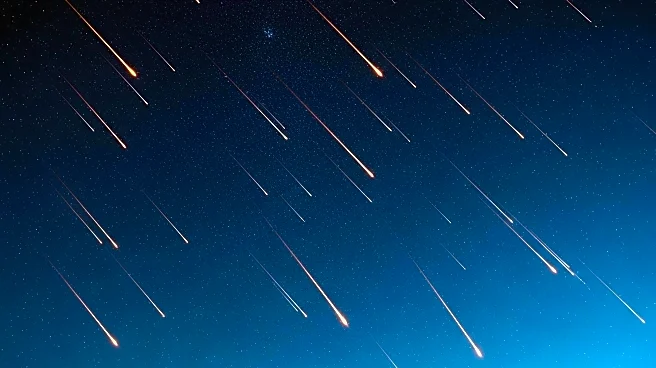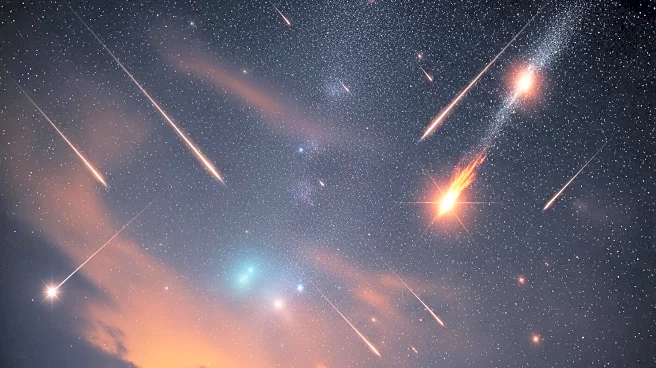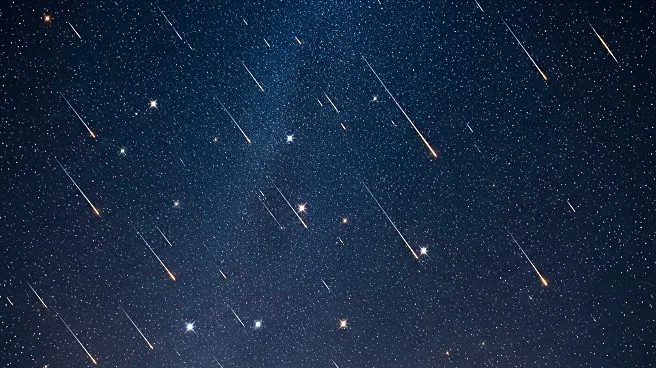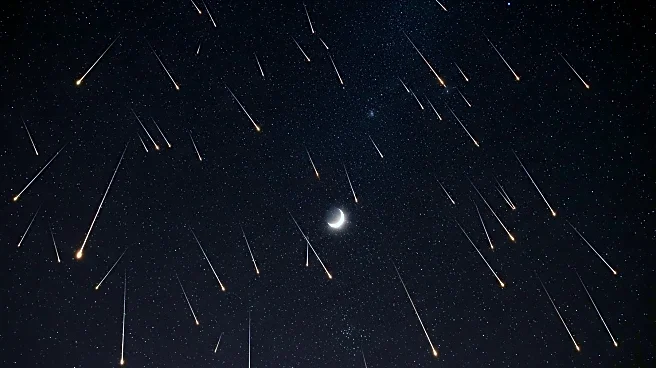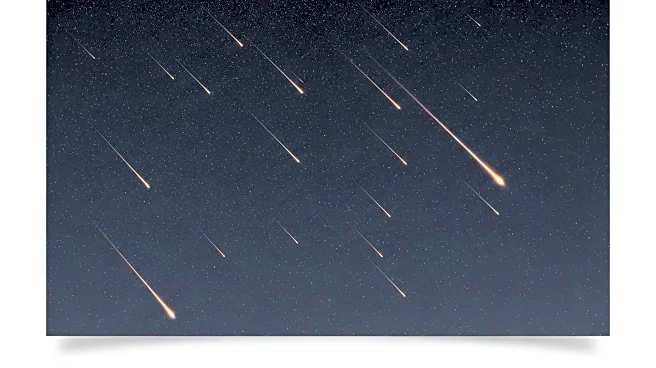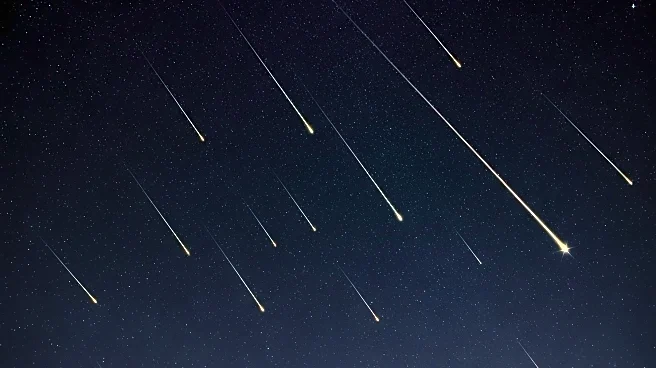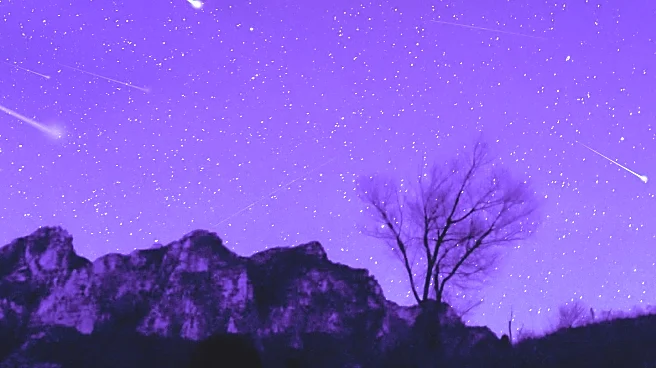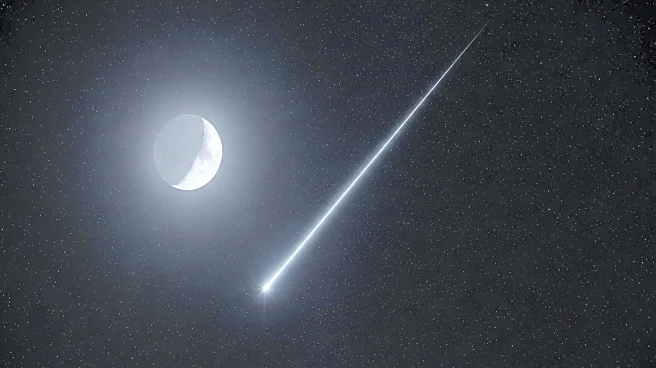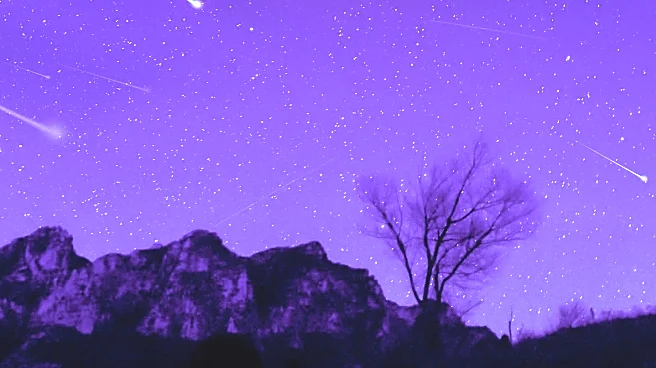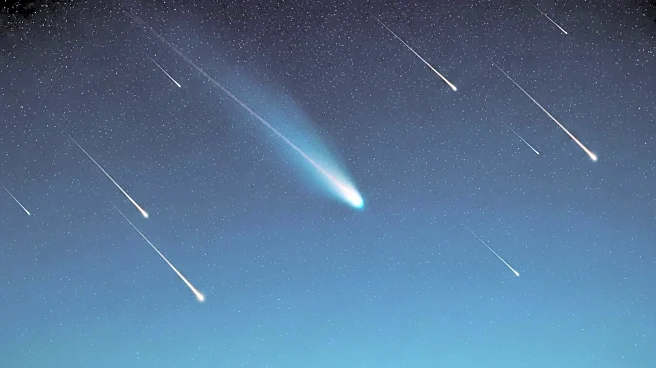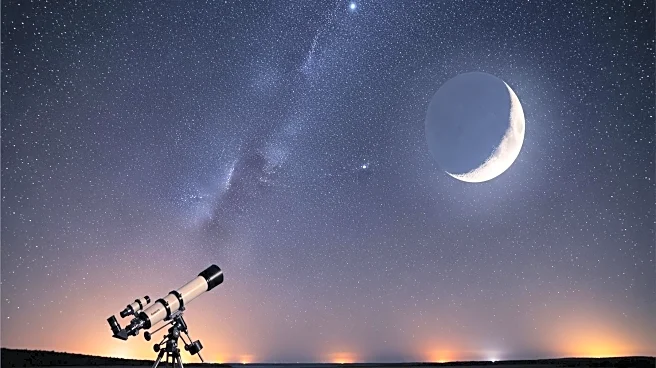What's Happening?
The Taurid meteor shower, consisting of Southern and Northern Taurids, has commenced and is expected to produce dramatic fireballs in the coming weeks. Originating from the constellation Taurus, these meteors are linked to comet 2P/Encke. The Southern Taurids have been active since September 20, peaking on November 4-5, while the Northern Taurids will peak on November 11-12. Observers can expect up to 5 meteors per hour under ideal conditions, though moonlight may obscure dimmer meteors during the Southern Taurid peak.
Why It's Important?
The Taurid meteor shower is notable for its potential to generate bright fireballs, which can briefly illuminate the night sky. These events offer valuable opportunities for scientific study and public engagement with astronomy. The shower's occurrence highlights the ongoing interaction between Earth and cometary debris, providing insights into the dynamics of meteors and their impact on the atmosphere. The visibility of fireballs can captivate audiences and inspire interest in celestial phenomena.
What's Next?
As the Taurid meteor shower progresses, observers are encouraged to monitor the sky for fireballs, particularly during peak activity periods. The American Meteor Society notes that simultaneous activity from both Taurid streams may increase fireball occurrences. Stargazers should seek dark sky locations and use optical aids to enhance viewing experiences. The shower's progression will be closely watched by astronomers and enthusiasts alike.
